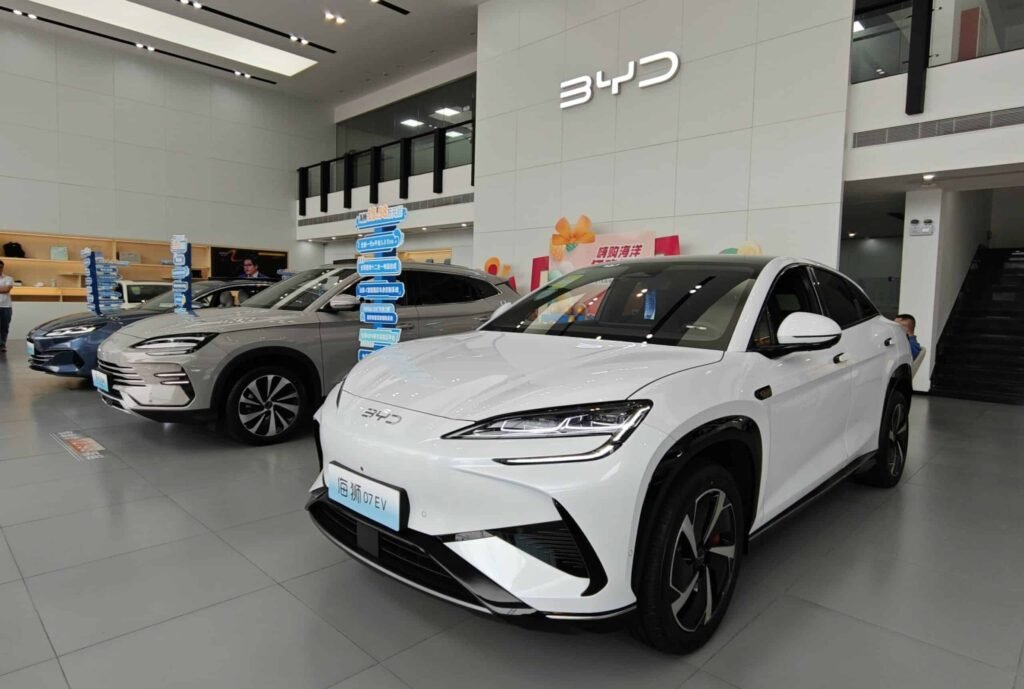The Sea Lion 07 (see specifications) is the first car to use BYD’s latest e-Platform 3.0 Evo. It features a 12-in-1 electric drive system that supports the world’s fastest production engine at 23,000 rpm. This is the latest EV to be added to BYD’s Ocean series. The SUV coupe is available in four variants, starting from 189,800 yuan (26,250 USD).
– Advertisement –
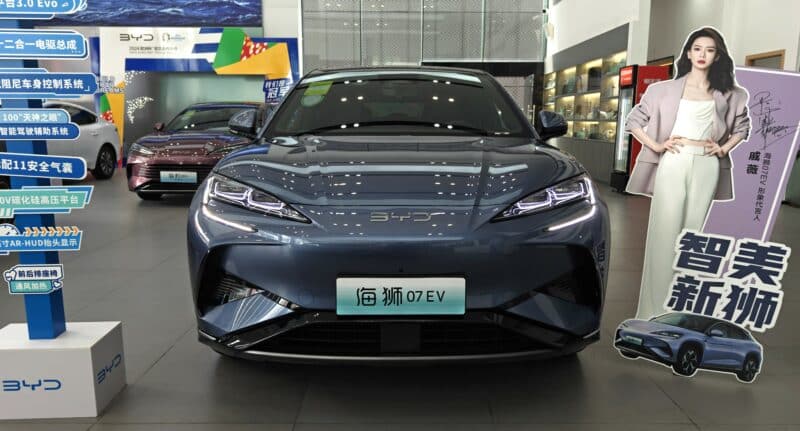
The new car arrived at Chinese dealers for a while. However, registrations took longer than expected. Our readers asked for a test drive report during the launch of the Sea Lion 07. Therefore, we make an exception to publish car reports from the same brand in a row. Join the Sunday China Drive with the Zeeleeuw 07!
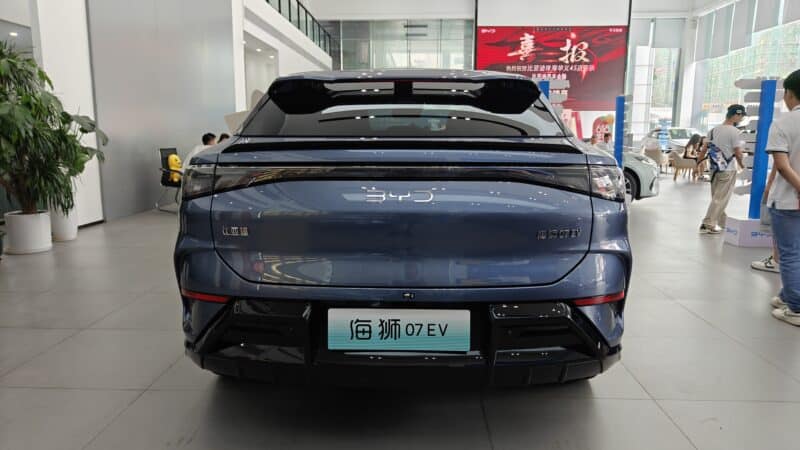
First impression
– Advertisement –
Like the Seal 06 DM-i that we tested last week, the Sea Lion 07 belongs to BYD’s Ocean series, which is aimed at younger buyers. The new car measures 4830/1925/1620 mm and has a wheelbase of 2930 mm. Compared to Tesla’s Model Y, it sits 4mm lower and 80mm longer, while the SUV coupe’s sloping roofline gives the car a sporty appearance. Although some claim that the BYD Song L (see specifications) is BYD’s most beautiful SUV coupe, I think the Sea Lion 07 is the most visually striking.
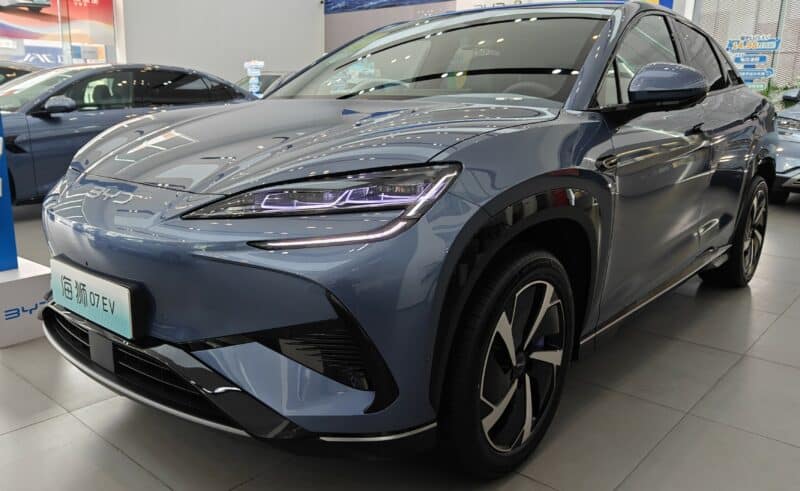
The BYD Sea Lion 07 takes its design cues from the Ocean-X concept car, and retains the aesthetic language of the BYD Seal family. The exterior is sleek and stylish, with headlamps and retractable door handles. The rear features a wrap-around tail lamp, a ducktail spoiler and a roof spoiler with a BYD logo that illuminates at night.
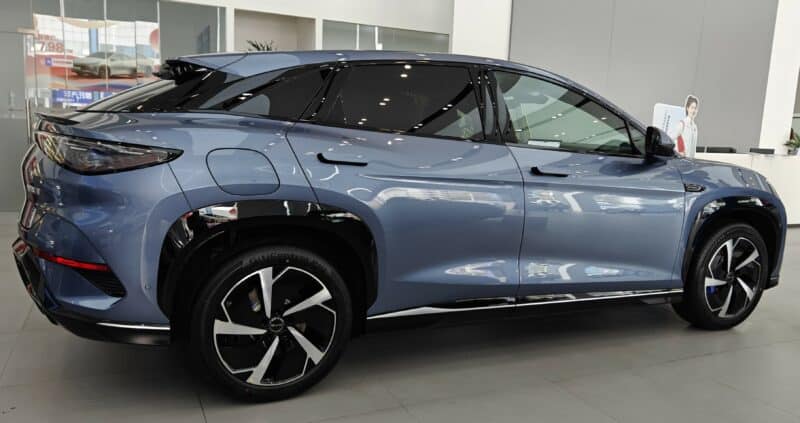
Closing the Seal Lion 07 doors sounded firmer than closing the doors on the Seal 06 DM-i. All panels are aligned and the paint looks well finished.
– Advertisement –

The interior
Stepping inside the BYD Sea Lion 07, you’re in a premium cabin with beautifully stitched leather and mood lighting that emits up to 128 colours. The ventilated leather seats with massage functions were a gift on the 33°C test drive day. Like all BYD cars we’ve tested, the seat offers good lumbar support.
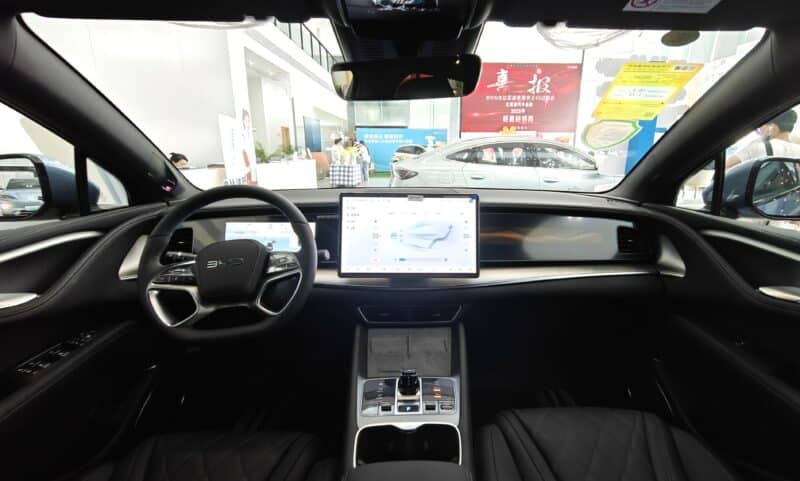
Many curves around the dashboard are reminiscent of BYD’s Ocean series. The stylish SUV has a four-spoke steering wheel with a flat bottom and a 50-inch AR HUD, which was very bright even on a sunny day. In the middle is BYD’s signature rotating central screen, which has a size of 15.6′. It runs on the DiLink 100 system, powered by a 6nm chip that supports voice control. Other features include a crystal gear shifter, physical buttons for essential controls, a 220V power supply for your laptop, a karaoke system and NFC keyless access.
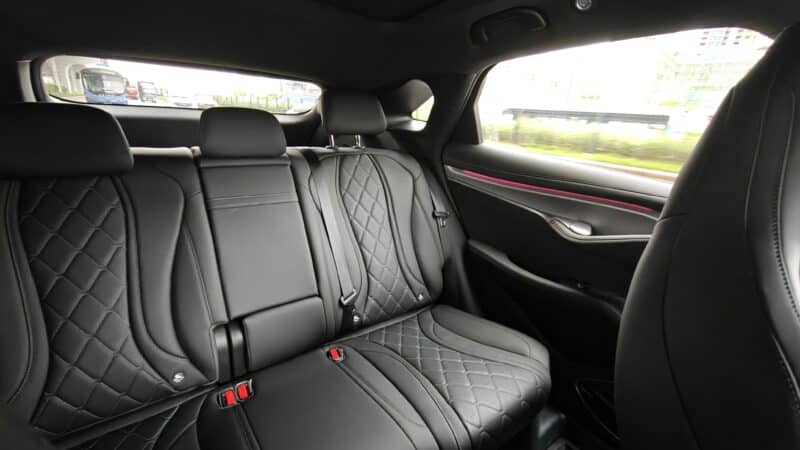
The car offers enough space for the rear passengers. The angle of the rear seat is manually adjustable. The panoramic sliding roof contributes to the spaciousness of the interior. The car’s 12-speaker Dynaudio sound system provided a decent audio experience. Still, it didn’t deliver enough soundstage for a vehicle of this size. Placing additional ATMOS speakers in the ceiling will make a difference.
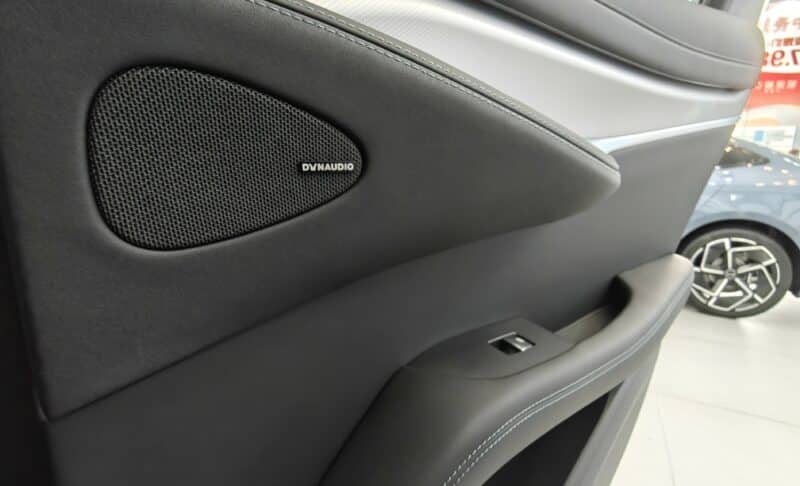
Storage
The Sea Lion 07 features a 58-litre boot and a 500-litre trunk, providing generous storage capacity.
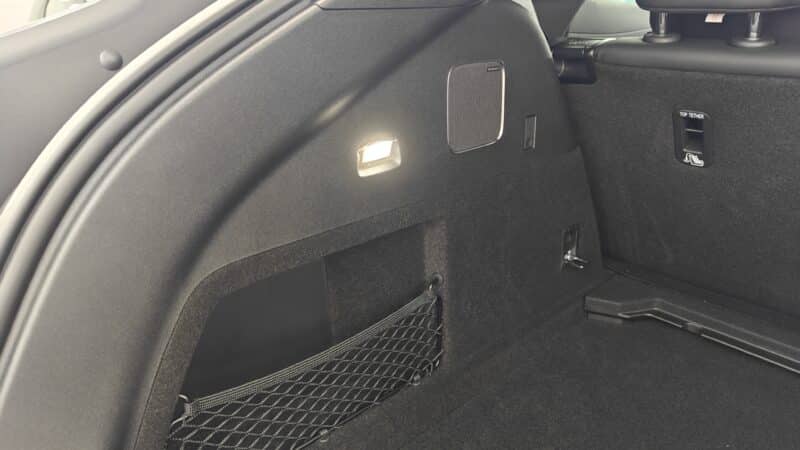


Behind the wheel
Our test car is the Sea Lion 07 Intelligent Voyage with RWD, which costs 219,800 yuan (30,250 USD). Like last week with the Seal 06 DM-i, we took the SUV on the same suburban roads in Zhuhai to see how it performed.
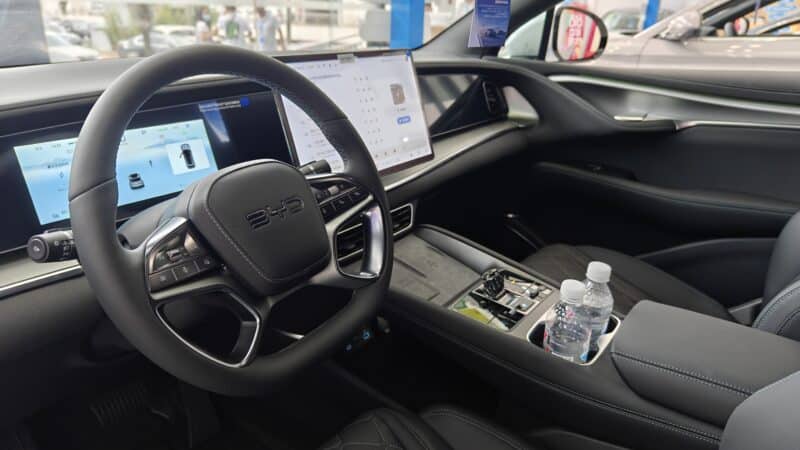
Although the driver’s seat is higher than I prefer, visibility is excellent. The cabin was quiet when travelling around the block. However, wind noise from the frameless doors became noticeable at higher speeds of around 120km/h on the motorway. The steering is relatively quick for a car of this size and more direct than other BYD models we’ve tested. However, it is a little lighter than I like.
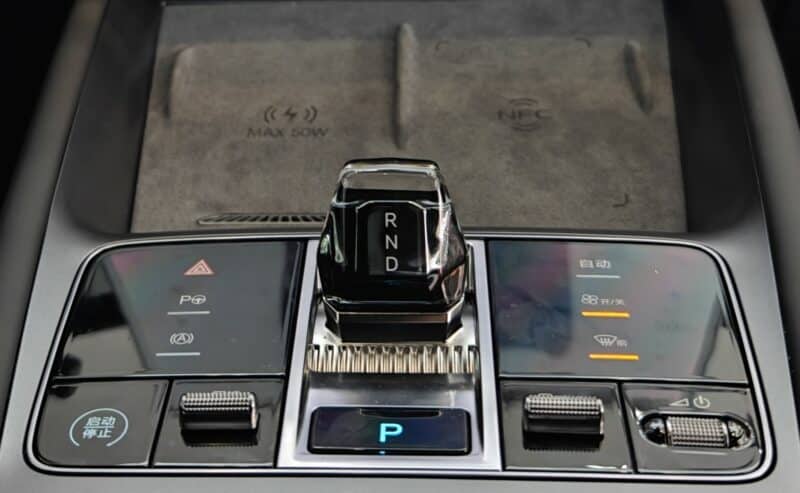
Thanks to BYD’s intelligent damping body control system DiSus-C, the car felt firm when cornering and very stable when driving over rumbling roads and bumps. On poorly paved roads, the adaptive suspension senses the conditions and responds by adjusting the stiffness of the wheel damper.
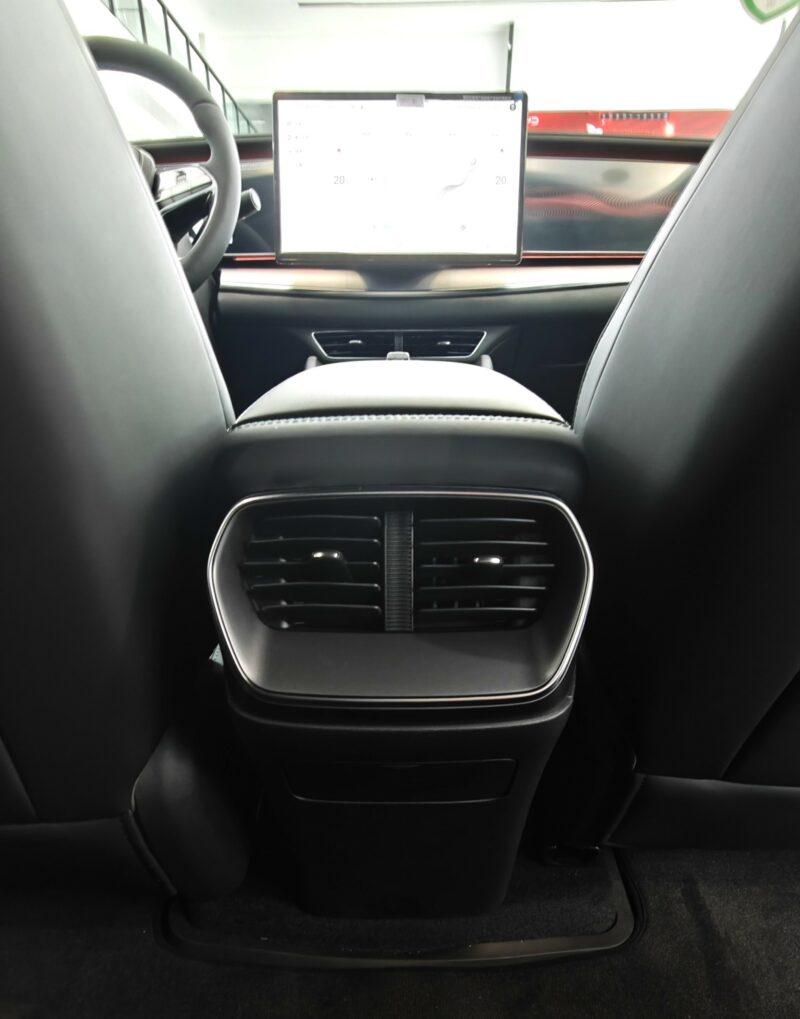
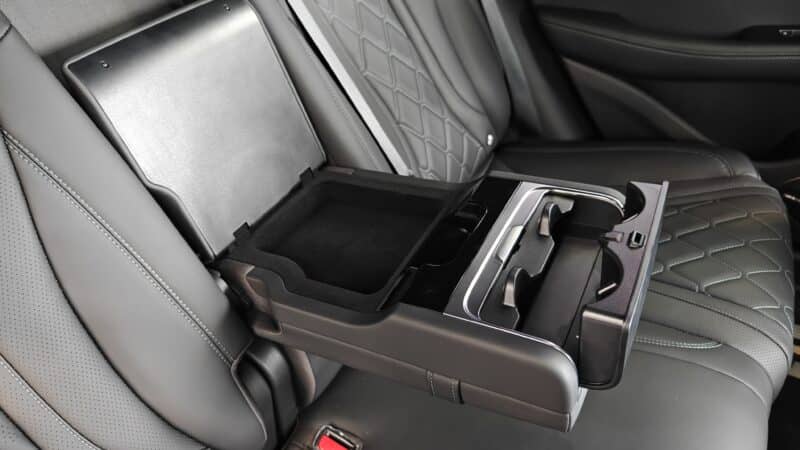
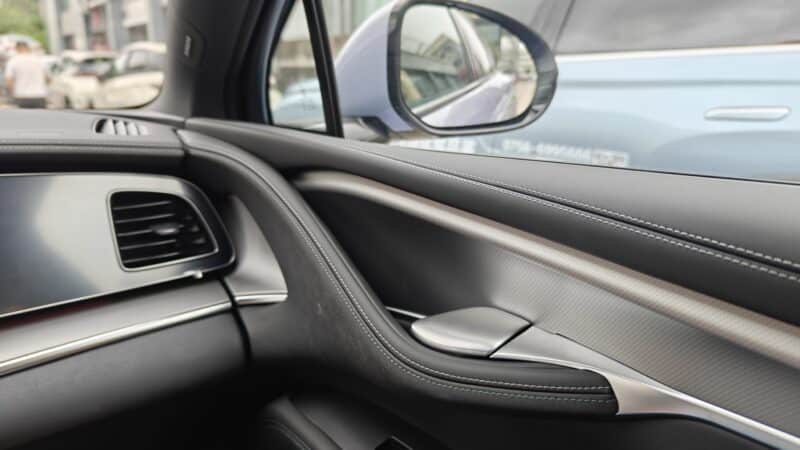
The 0-100 acceleration time of this Sea Lion 07 is 6.7 seconds, which makes for a linear increase in speed compared to fast acceleration. The test car has a 230 kW e-motor mounted on the rear axle, a maximum torque of 380 N m and a top speed of 225 km/h.
Overall, the Sea Lion 07 is a comfortable ride and lively to drive. It is a step up from the BYD Song L, which was launched last year.

Battery range
This single motor model offers a range of 610km CLTC with a battery capacity of 80.64kWh. The BYD Sea Lion 07 can charge from 10-80% in 25 minutes.
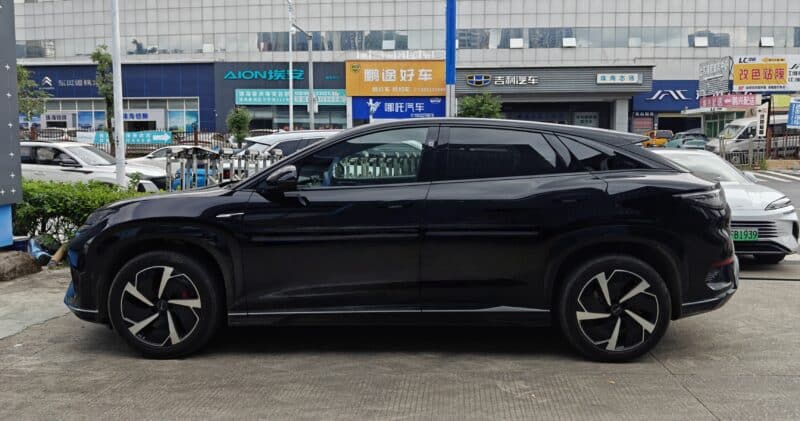
Safety features
The Sea Lion 07 is the first BYD vehicle to feature the DiPilot 100 “God’s Eye” ADAS, integrated with 12 ultrasonic radars, five mm-wave radars and 11 cameras. It offers advanced L2 driver assistance systems, including lane keeping, adaptive cruise control, lane keeping, traffic sign recognition and intelligent speed control. The vehicle is equipped with 11 safety airbags, a tire pressure monitoring system and driver assistance systems.
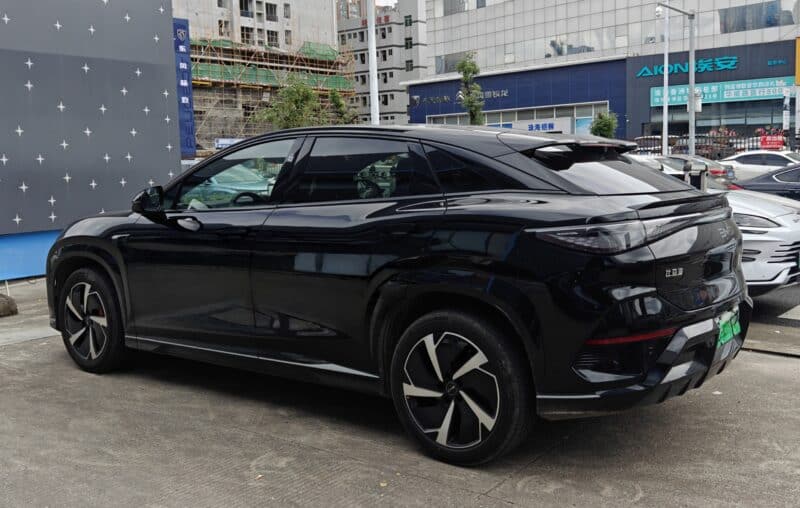
Conclusion
BYD’s e-Platform 3.0 is now three years old and it’s great to see the new e-Platform 3.0 Evo hit the market. The Sea Lion 07 has attitude and personality. Still, I felt a little disappointed as I walked away from the test drive.
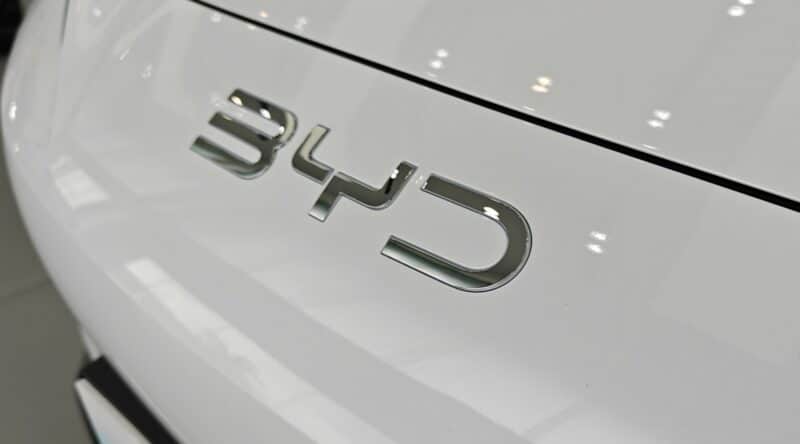
Xiaomi took an unconventional approach and filled a void left by traditional automakers by positioning the SU7 as a performance sedan with good looks and aggressive pricing. Xiaomi will probably continue its strategy with the upcoming MX11 SUV, which adds more space rear passengers. The BYD Sea Lion 07 has the world’s fastest production engine (23,000 rpm) and is BYD’s sportiest looking SUV. The Sea Lion 07 has the elements of being a performance SUV. Instead, it is tuned and positioned as a family SUV with comfort in mind, so it can compete in a crowded market segment in China where the BYD Song L, XPeng G6, IM LS6 and Telsa Model Y already exist.
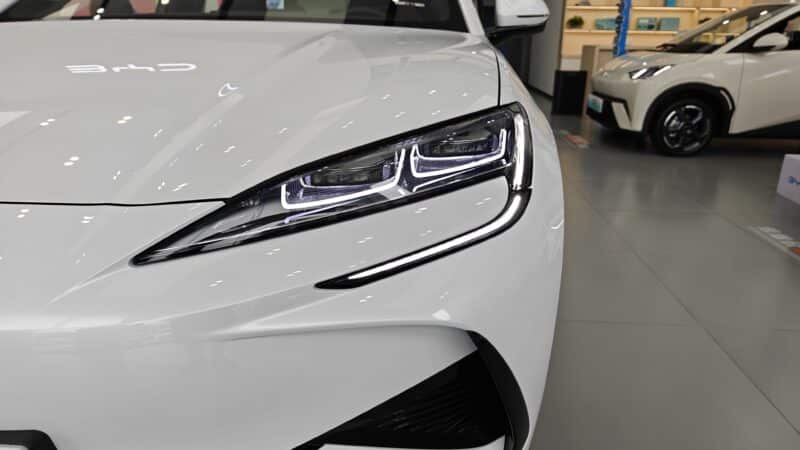
This model will join BYD’s Dolphin, Atto 3 and Seal EVs and will be available in overseas markets such as Europe, the UK and Australia as early as next year. Like the BYD Seal, we suspect this model will mainly target the overseas market rather than the domestic market, and will compete against the Tesla Model Y and the Volkswagen ID.4.

Stay tuned for next week Sunday China Drive bee China car newswhere you can get more reviews of Chinese EVs from a first-person perspective.

